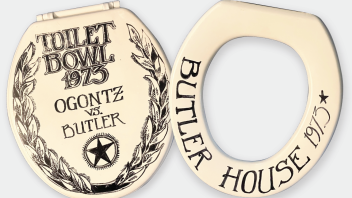Water into Gold
From our November/December 2014 issue: Three years after a hurricane washed away his Vermont brewpub, Alchemist Brewery founder John Kimmich is thriving on his own stubborn terms. Meet the man behind behind Heady Topper, a curious concoction that might just be the world’s best beer.


